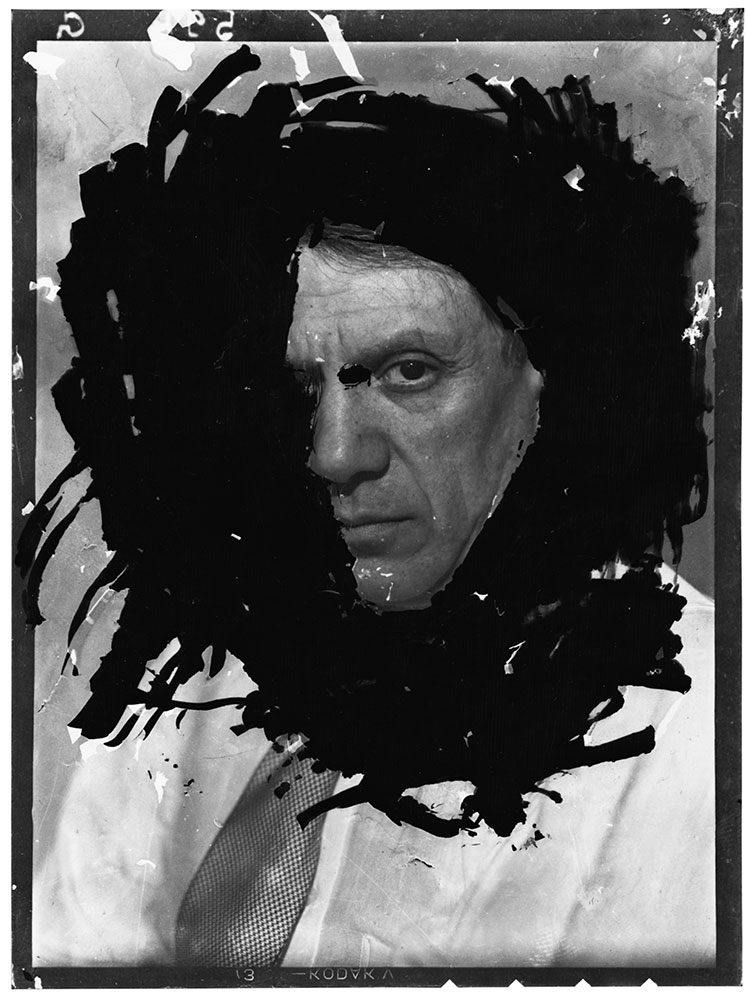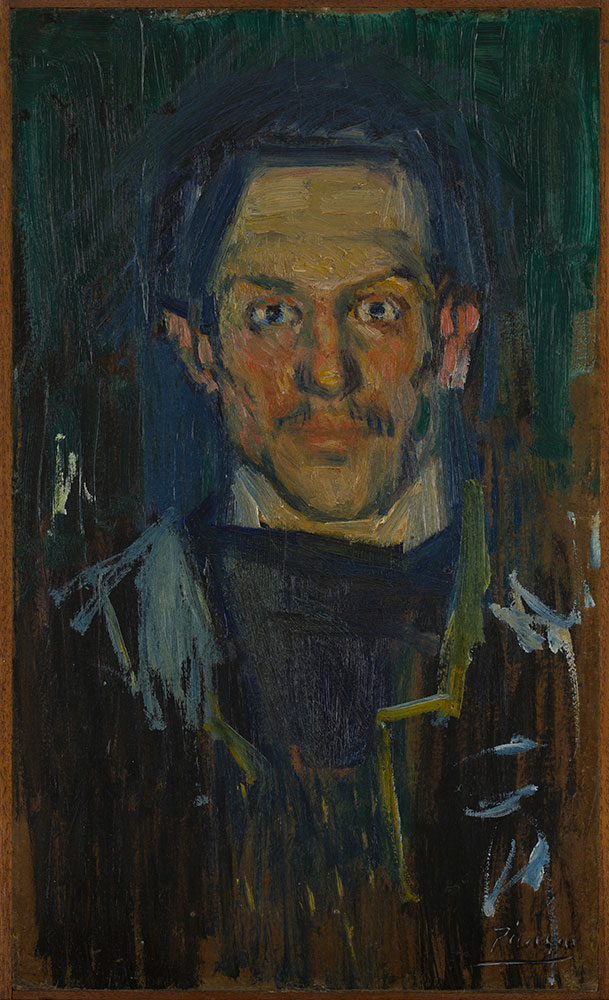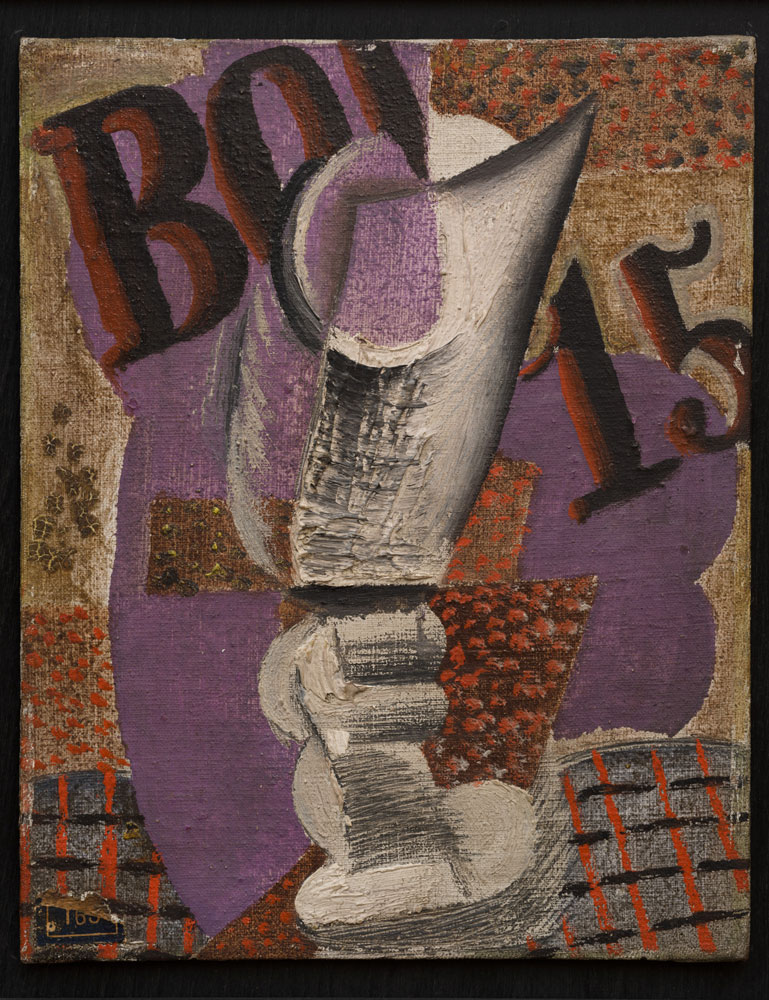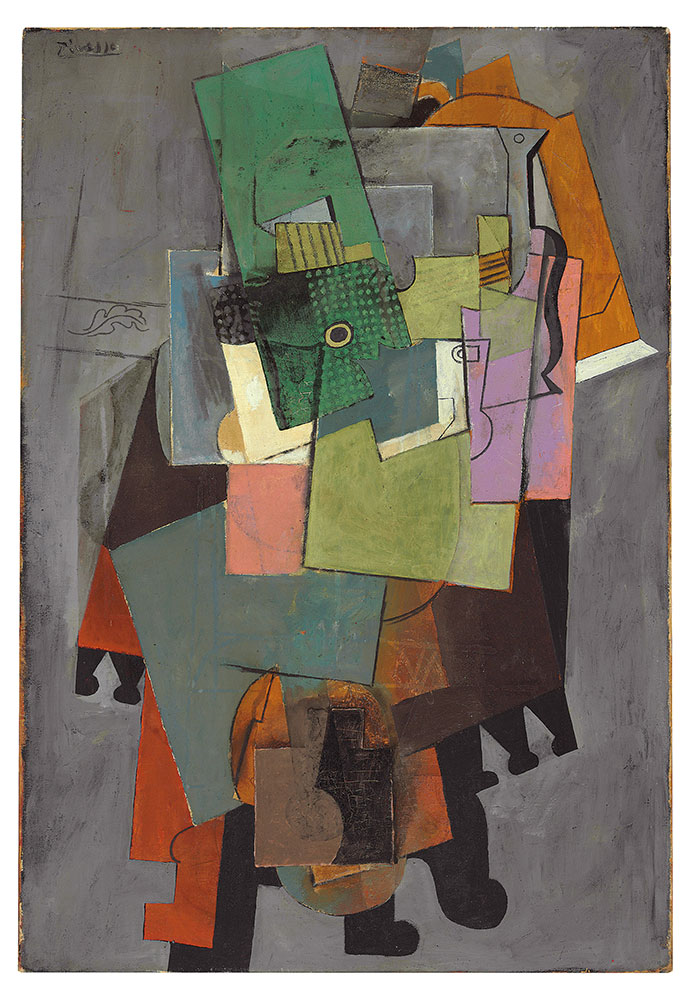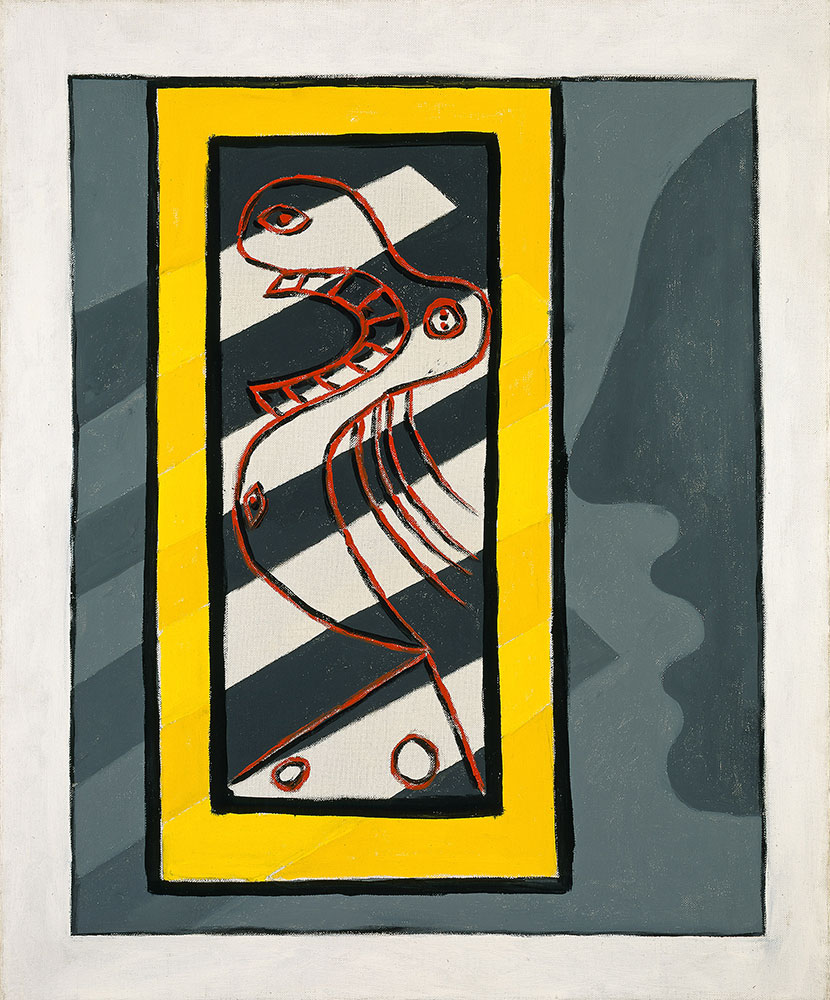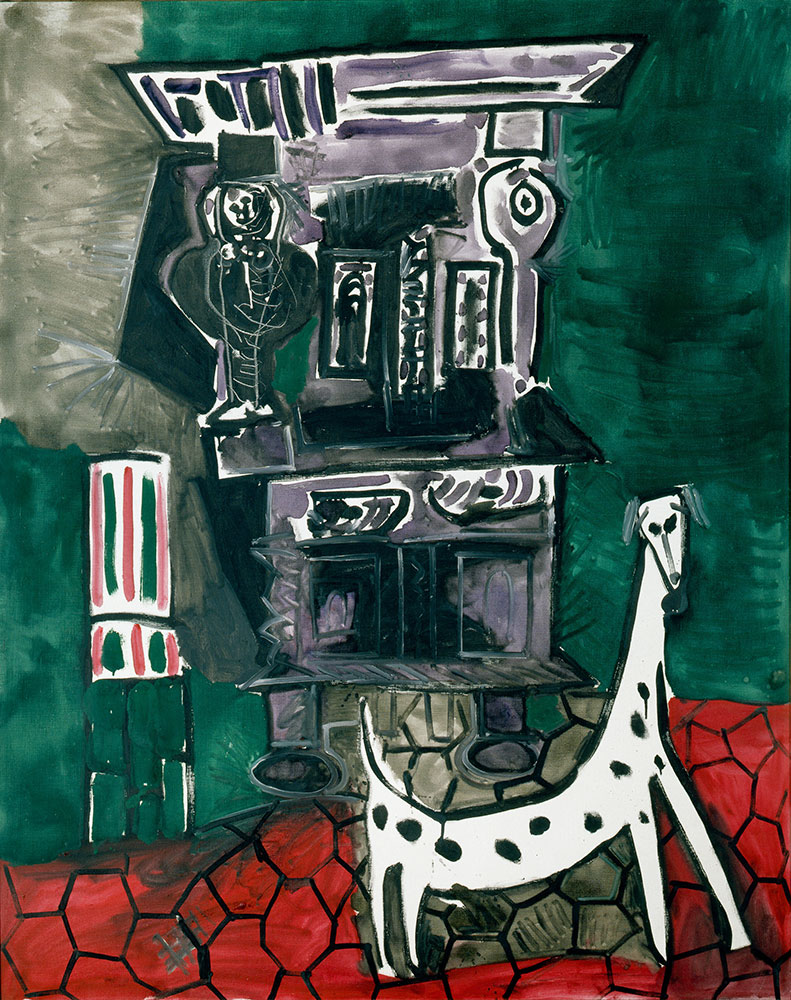PRESENTATION: Pablo Picasso-A Foreigner Called Picasso
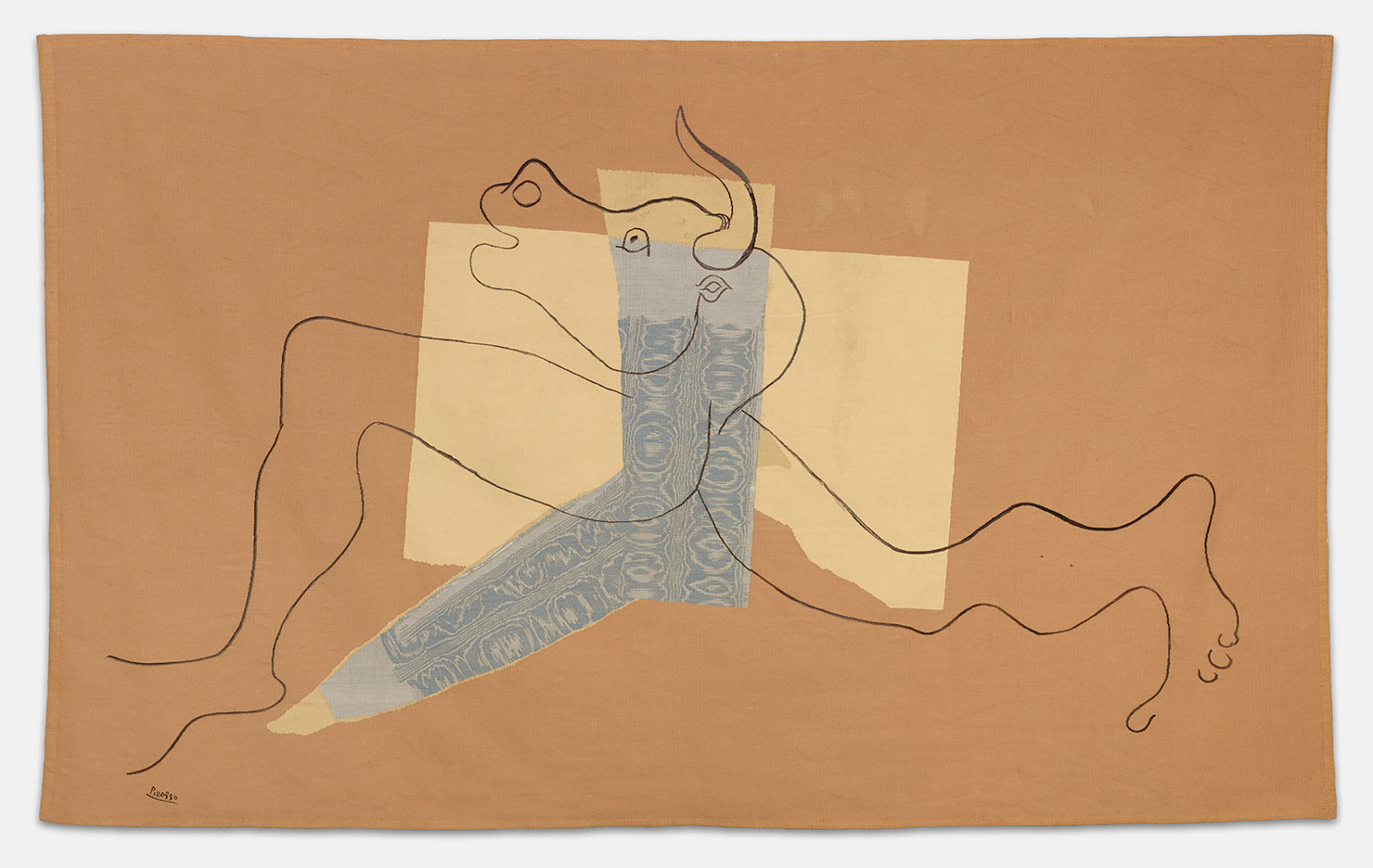 Pablo Picasso is probably the most important figure of the 20th century, in terms of art, and art movements that occurred over this period. Before the age of 50, the Spanish born artist had become the most well-known name in modern art, with the most distinct style and eye for artistic creation. There had been no other artists, prior to Picasso, who had such an impact on the art world, or had a mass following of fans and critics alike, as he did.
Pablo Picasso is probably the most important figure of the 20th century, in terms of art, and art movements that occurred over this period. Before the age of 50, the Spanish born artist had become the most well-known name in modern art, with the most distinct style and eye for artistic creation. There had been no other artists, prior to Picasso, who had such an impact on the art world, or had a mass following of fans and critics alike, as he did.
By Dimitris Lempesis
Photo: Gagosian Archive
Pablo Picasso was born in Spain in 1881, and was raised there before going on to spend most of his adult life working as an artist in France. Throughout the long course of his career, he created more than 20,000 paintings, drawings, sculptures, ceramics and other items such as costumes and theater sets. He is universally renowned as one of the most influential and celebrated artists of the twentieth century. Spanning the entirety of Pablo Picasso’s career in France from 1900 through 1973, the exhibition “A Foreigner Called Picasso” features loans of important works from private and public collections in the United States and Europe. It includes early self-portraits lent by the Museum of Modern Art and the Metropolitan Museum of Art in New York, as well as Cubist and Surrealist masterpieces from the Philadelphia Museum of Art and Fondation Beyeler, Riehen/Basel. The iconic sculpture “Head of Fernande” (1909) is displayed, as well as “Man with a Lamb” (1943), Picasso’s forceful response to the aesthetics of Arno Breker (Adolf Hitler’s favorite artist), who exhibited in occupied Paris. The exhibition is punctuated by the figure of the harlequin, Picasso’s allegorical avatar, which represents both a psychological self-portrait and an itinerant, performing outsider on the margin of society. Picasso depicted this archetypal figure in every stage of his career. The exhibition includes several examples from different periods, notably including the first iteration of the theme, “Seated Harlequin” (1901), on loan from the Metropolitan Museum of Art. Based on Cohen-Solal’s book “Un étranger nommé Picasso” (Fayard, 2021; Gallimard, 2023) the exhibition reframe our perception of Picasso and focus on his status as a permanent foreigner in France. As early as June 1901, at the time of his first show at Galerie Vollard, a file was opened on the nineteen-year-old artist by the French police, who would continue to monitor him all his life. He was stigmatized as a foreigner, an alleged anarchist, and an avant-garde artist—all labels that he seemingly ignored, but that undeniably affected his daily life and work. Beyond his considerable artistic oeuvre, Picasso proved to be a shrewd political strategist, and eventually became a significant contributor to France’s cultural modernization. In 1955, he left Paris for the South of France, reinventing himself as a global artist and illustrious foreigner, while anchoring his work with local craftsmen and openly disputing the standards of “good taste” that held sway in the French museum world. How did Picasso navigate the multiple spheres (Spanish, French, Andalusian, Catalan, Galician, Castilian, anarchist, and communist) in which he was categorized? How did he survive the confiscation of hundreds of Cubist works seized by the French police in 1914? How did he react to the repeated rejection of his paintings from French institutions until 1947? Such are some of the questions that “A Foreigner Called Picasso” addresses and answers. Today, amid a global migration crisis, it is urgent to reassess Picasso’s trajectory in France. His odyssey as a foreigner and his agency as an artist are indeed powerful models for our times.
Photo: Pablo Picasso, Minotaure, 1935, Silk tapestry created by Ateliers Aubusson after original collage by Picasso, 55 7/8 × 93 3/8 inches (142 × 237 cm), Musée Picasso, Antibes, France, © 2023 Estate of Pablo Picasso/Artists Rights Society (ARS), New York, Photo: François Fernandez, Courtesy Musée Picasso, Antibes, France, and Gagosian
Info: Curators: Annie Cohen-Solal and Vérane Tasseau, Gagosian Gallery, 522 West 21st St, New York, NY, USA, Duration: 10/11/2023-10/2/2024, Days & Hours: Tue-Sat 10:00-18:00, https://gagosian.com/
